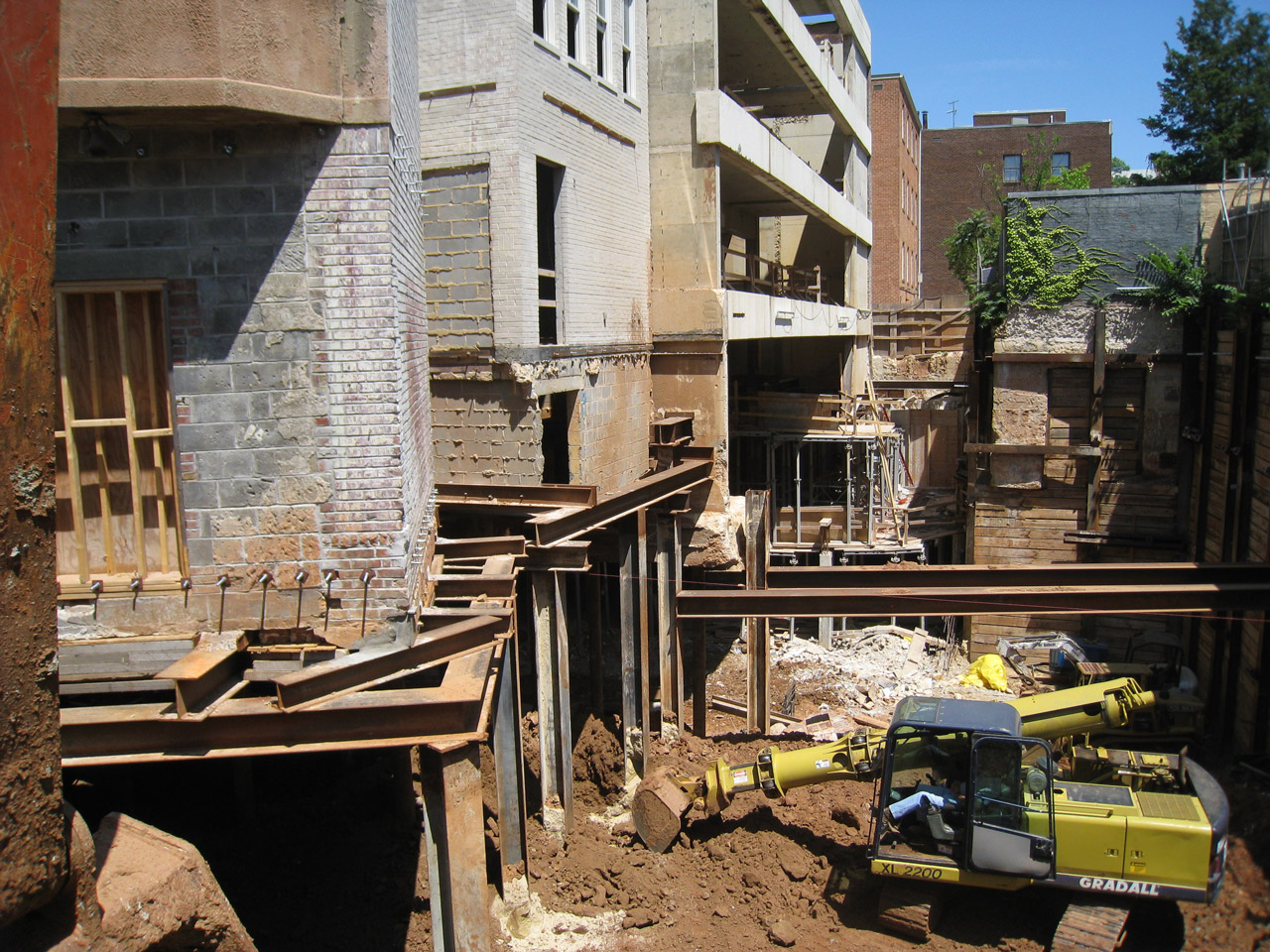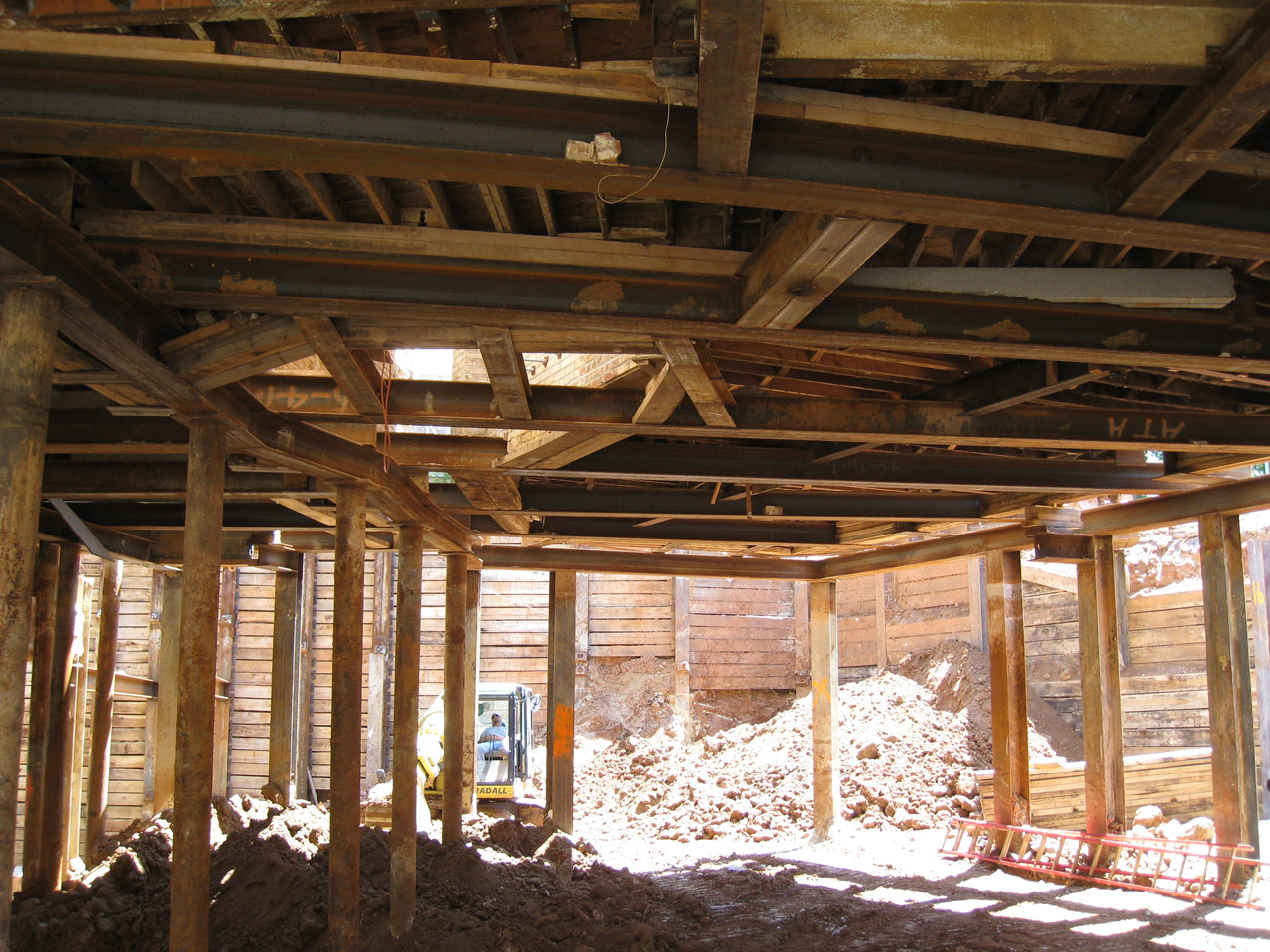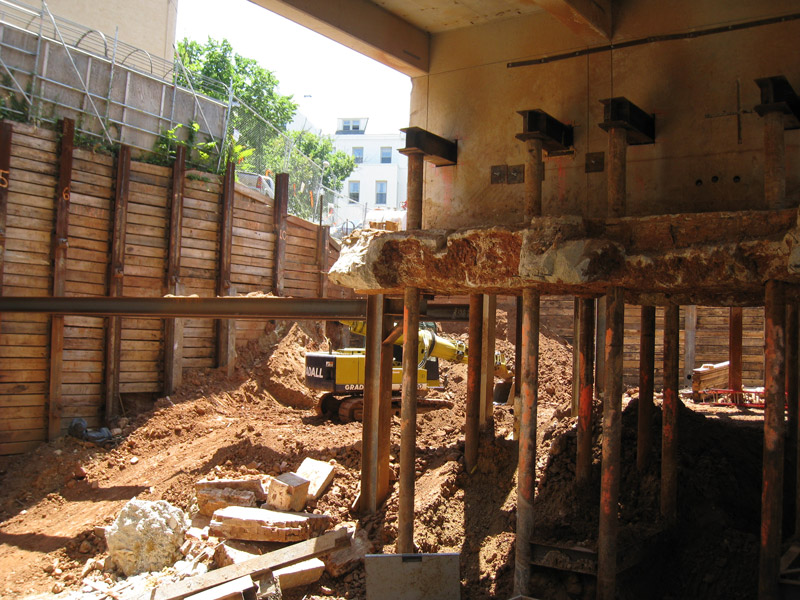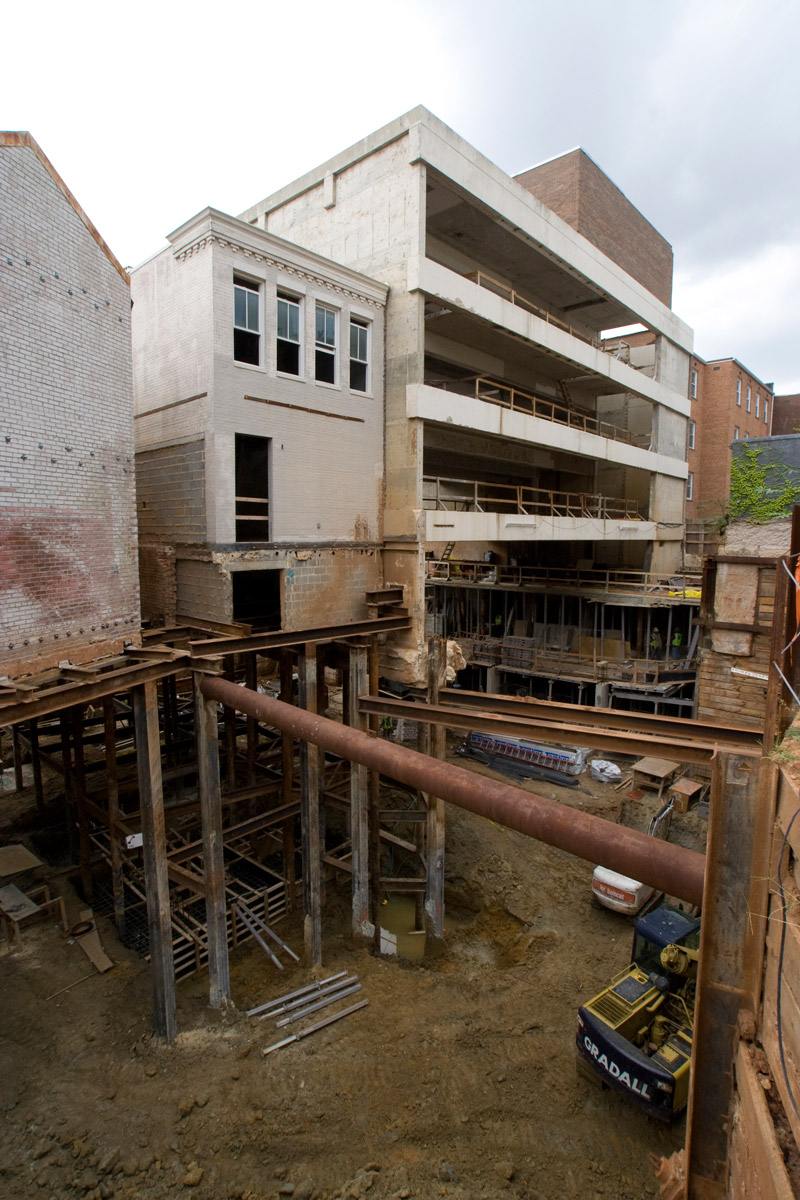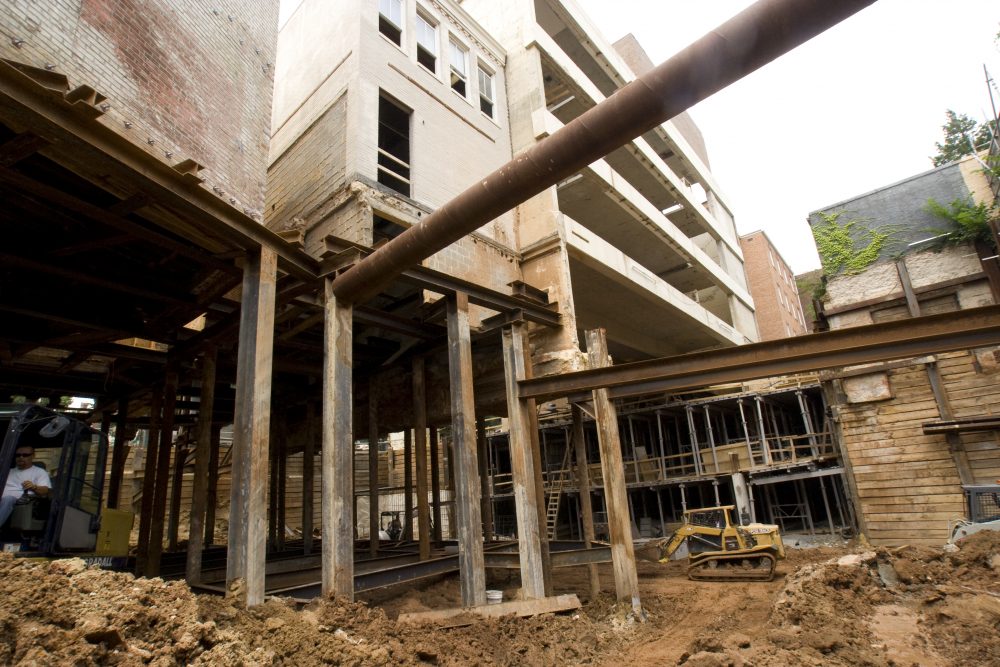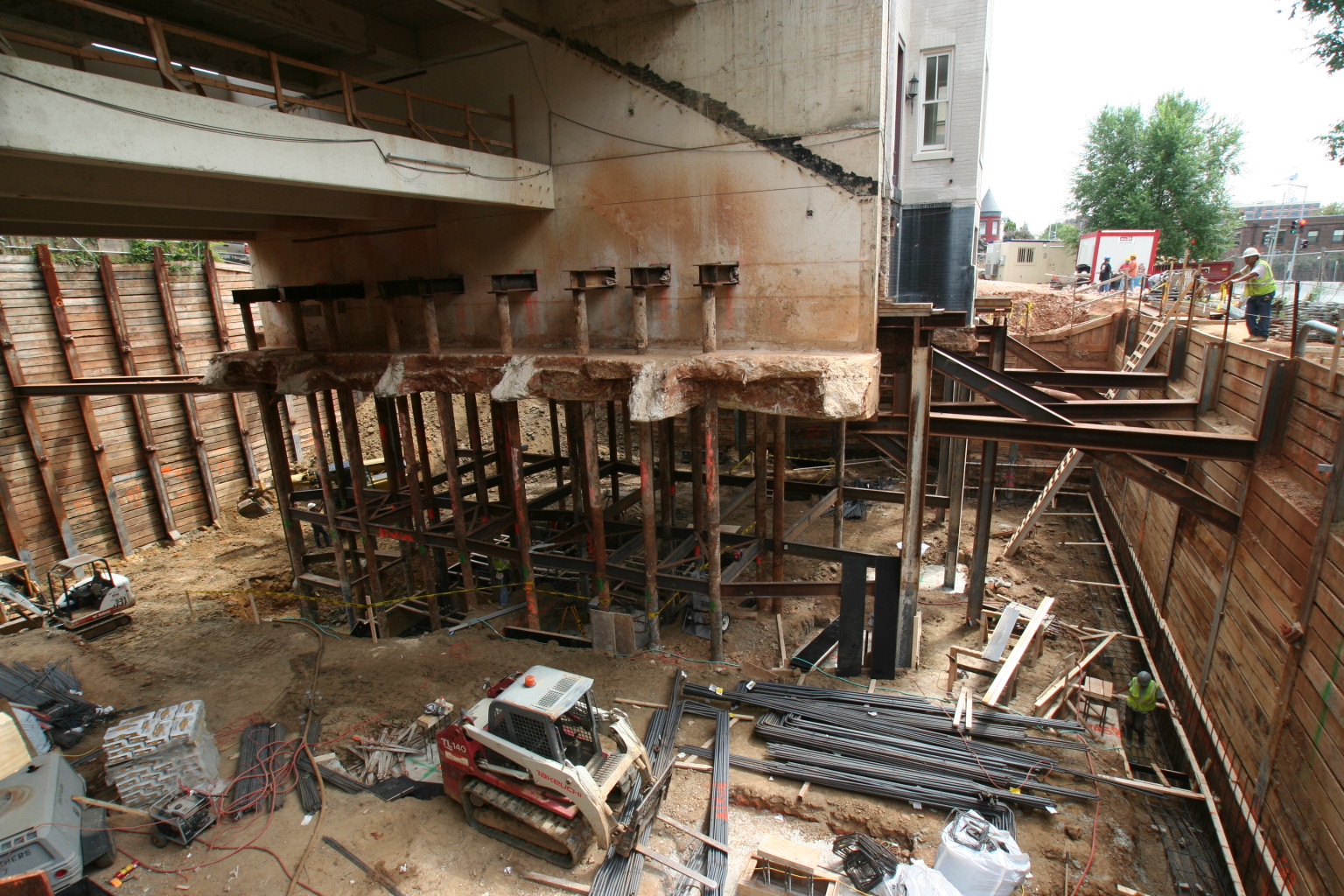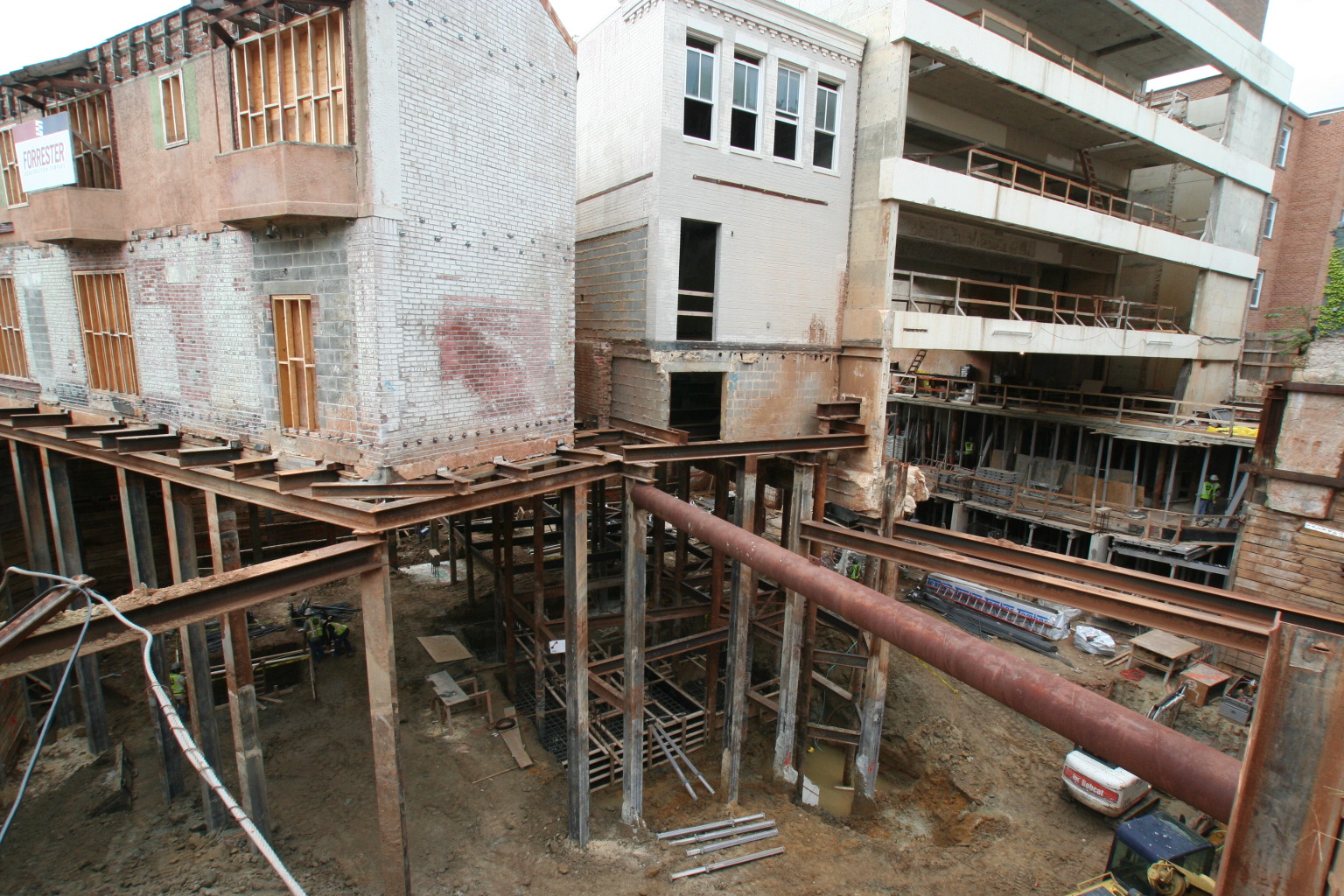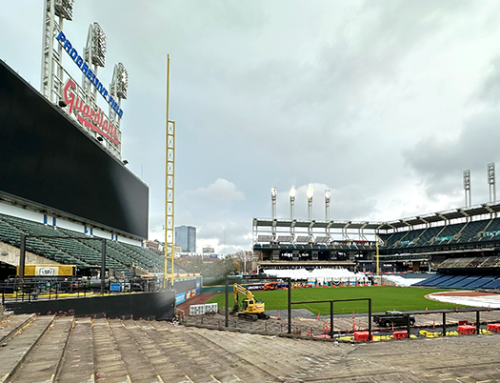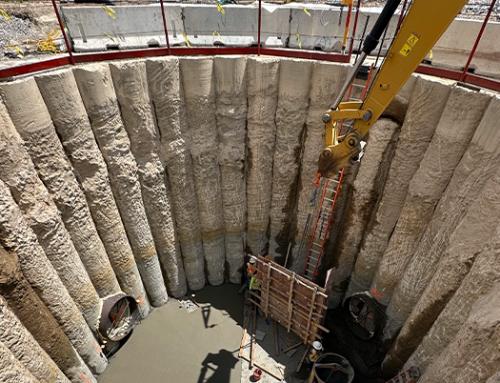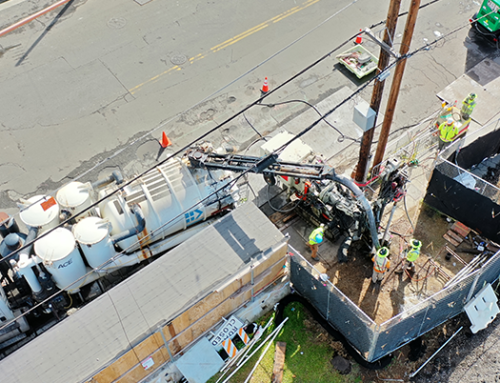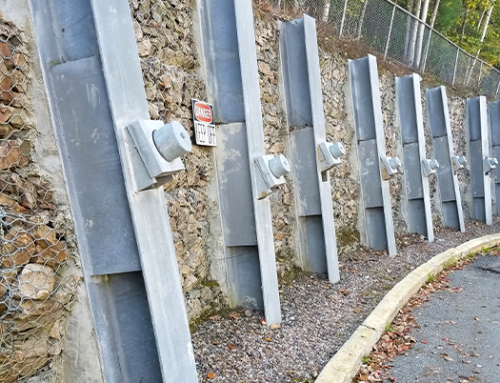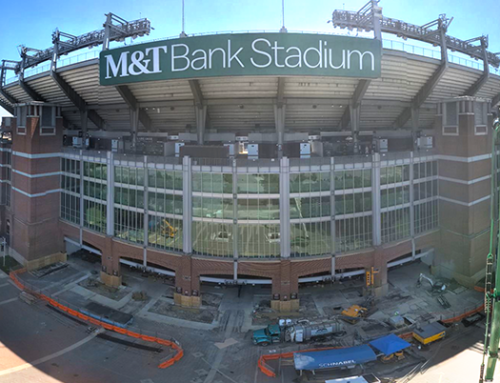City: Washington
State: District of Columbia
Owner: American Trucking Association
General Contractor: Forrester Construction
Project Description:
The renovation of historical protected structures usually presents the architect with an array of unusual problems. Complicate a project with height limitations, footprint limitations and the need for additional parking, and the solution will usually require that the site be fully developed below grade. Add to this the need to undermine and support buildings constructed in 1893, 1910 and 1972 and you now have an outline of challenges RTKL faced in adding 25,000 sf of office and parking space to the American Trucking Association building in Washington, DC.
Forrester Construction Company selected Schnabel to design and build a system to extend the foundations of the existing structures to a deeper elevation, prior to excavating the site below the existing buildings and from property line to property line. The approach was a design that focused primarily on traditional pit underpinning to pick up the axial loads from the shear walls that were supposed to be supporting the structures. As the architect supplied plan revisions for the new construction, it became clear that the original concept would impede the construction of new shear walls that would provide the permanent foundations for the renovated buildings.
Schnabel designed a micropile support system that penetrated the footings and transferred the loads to the columns and walls above the footings. This enabled the construction of future foundation structure under the existing footers.
To minimize movement of the structures and to control risk, Schnabel designed a sequence of construction that would allow the new shear walls to sequentially pick up loads, as each building was undermined. The site was continuously monitored with real-time readings that would alert movement in minutes of any settlement. The system is so sensitive that Schnabel would get alerts when an excavator’s bucket would scrape a structure’s foundation. Even with this level of sensitivity and precision, measurements of the movements to date have been within the system’s accuracy; no measurable movement.
